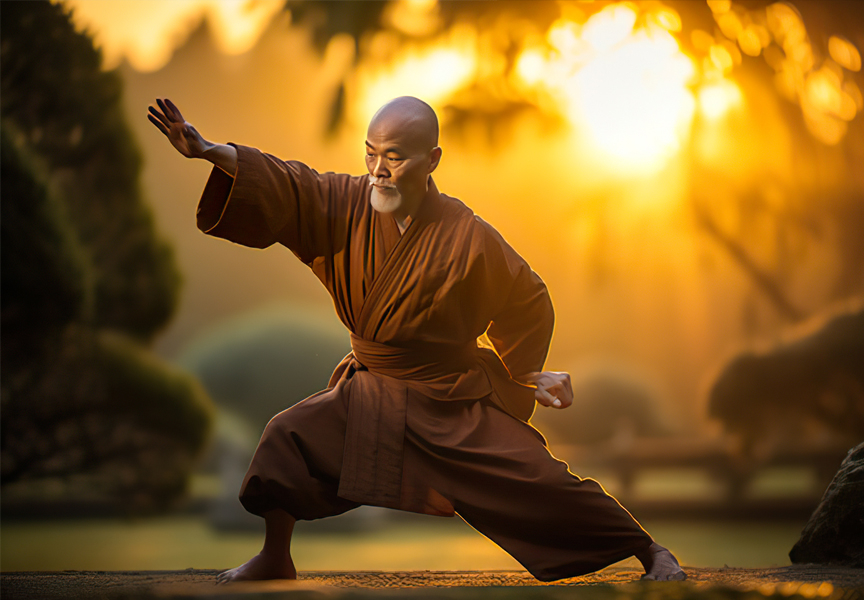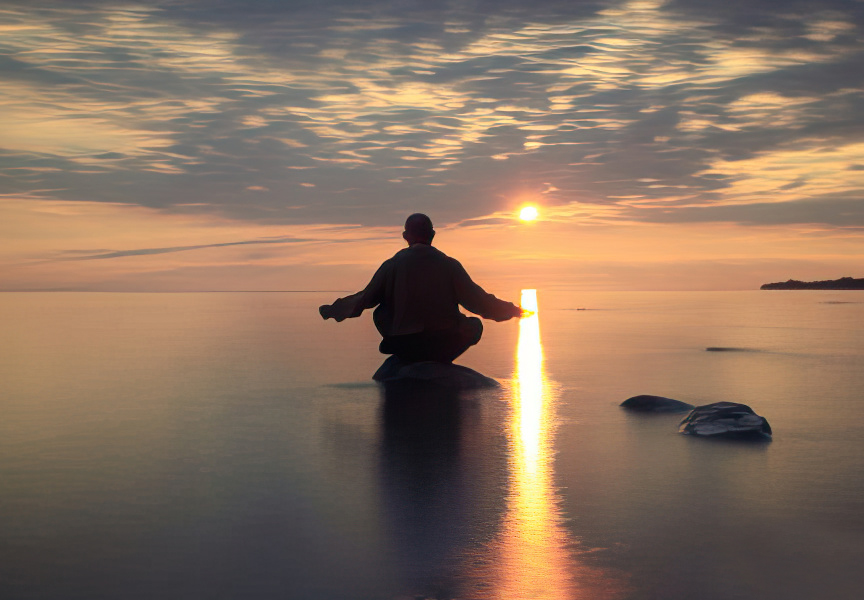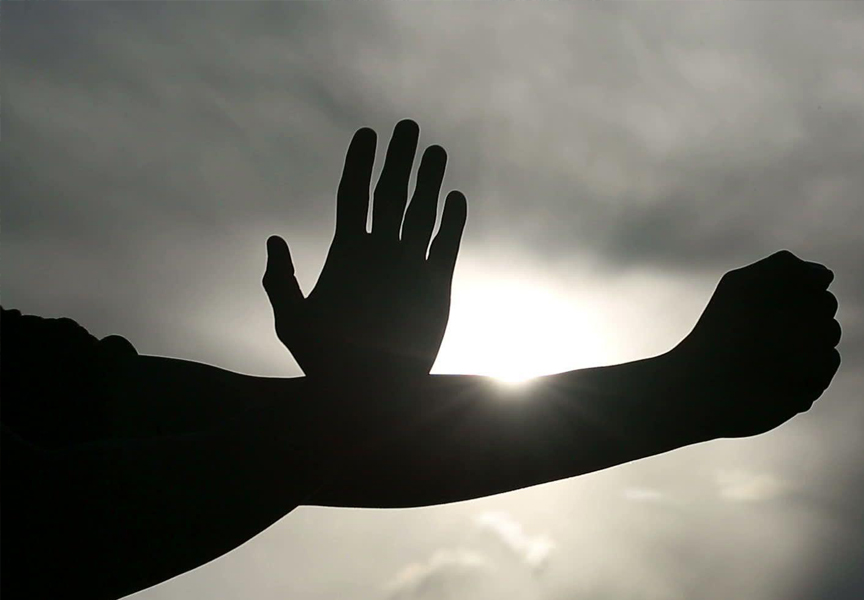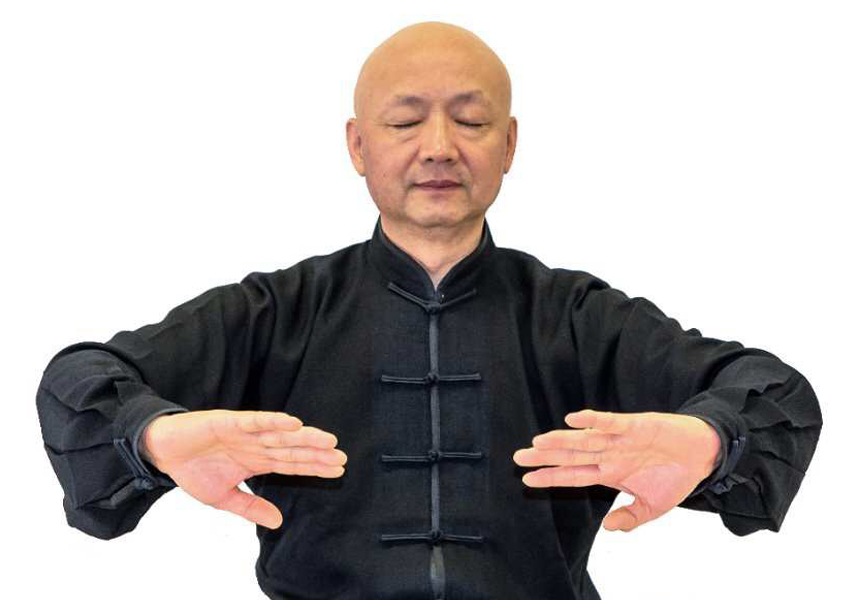Random Free Articles
- The Rise of Competitive Self-Defense

Turning Survival into a Sport In the ever-evolving landscape of self-defense, a new phenomenon has emerged – competitive self-defense. What was once seen solely as a means of protecting oneself from harm has now taken on a competitive edge, blurring the lines between survival instinct and sporting prowess. This paradigm shift has given rise to a fascinating debate about the intersection of self-preservation and athleticism, raising questions…
- Preserving the Essence of Martial Arts

Beyond Victories and Podiums In a world where competitive sports dominate headlines and social media feeds, the true essence of traditional martial arts often gets lost in the clamor for victories and podium finishes. While there's no denying the physical prowess and discipline required in competitive martial arts, it's crucial to understand that traditional martial arts go beyond the pursuit of trophies and medals. Attempting to…
- Expecting the Unexpected in a Martial Art

Martial arts have a rich history of teaching discipline, self-defense, and physical fitness. These arts come in various forms, each with its unique techniques, philosophies, and principles. One fundamental aspect that martial artists are continually taught is to expect the unexpected. This core principle not only enhances one's effectiveness in self-defense but also extends to various aspects of life. In this article, we will explore the…
- True Essence of Martial Arts

A Journey of Inner Cultivation In a world that often associates martial arts with physical prowess and the development of a sculpted body, it is time to shift our perspective and recognize martial arts as a form of art that transcends the boundaries of mere physicality. Beyond the kicks, punches, and acrobatics, martial arts demand a deeper commitment to inner cultivation, fostering a harmonious connection between the mind, body, and spirit.…
- Vital Role of Proper Breathing

Martial arts, beyond its physical demands and techniques, encompasses a profound understanding of the mind-body connection. Among the various elements that contribute to the success of a martial artist, proper breathing stands out as a fundamental and yet often overlooked aspect, especially in hard styles. In many traditional martial arts disciplines, effective breathing methods are left to the students to discover on their own. This article…
